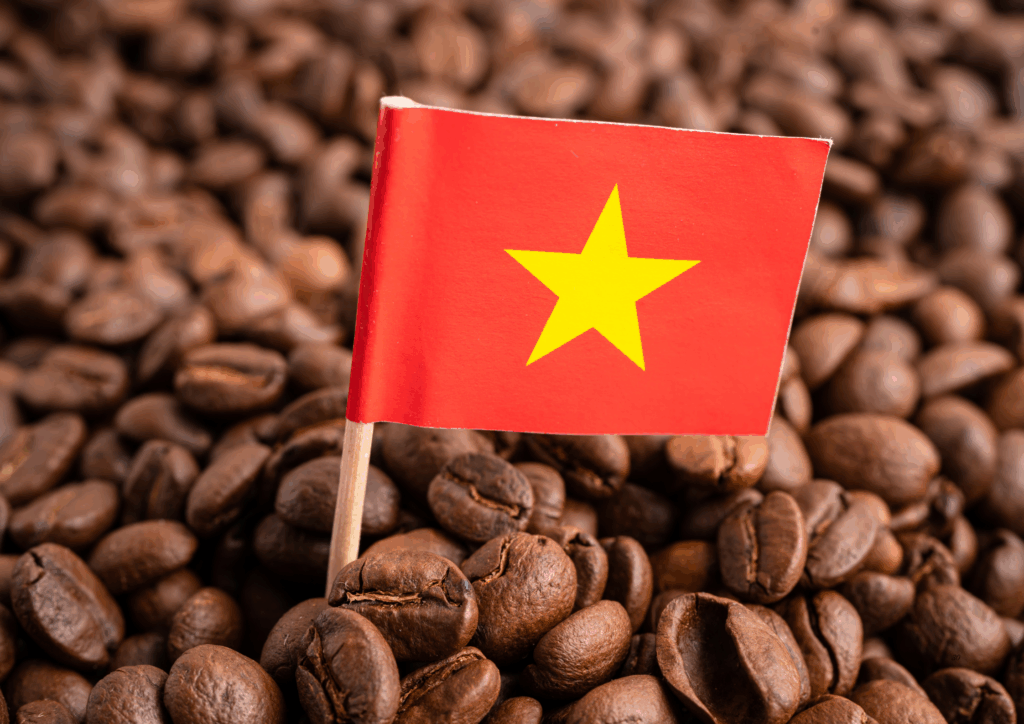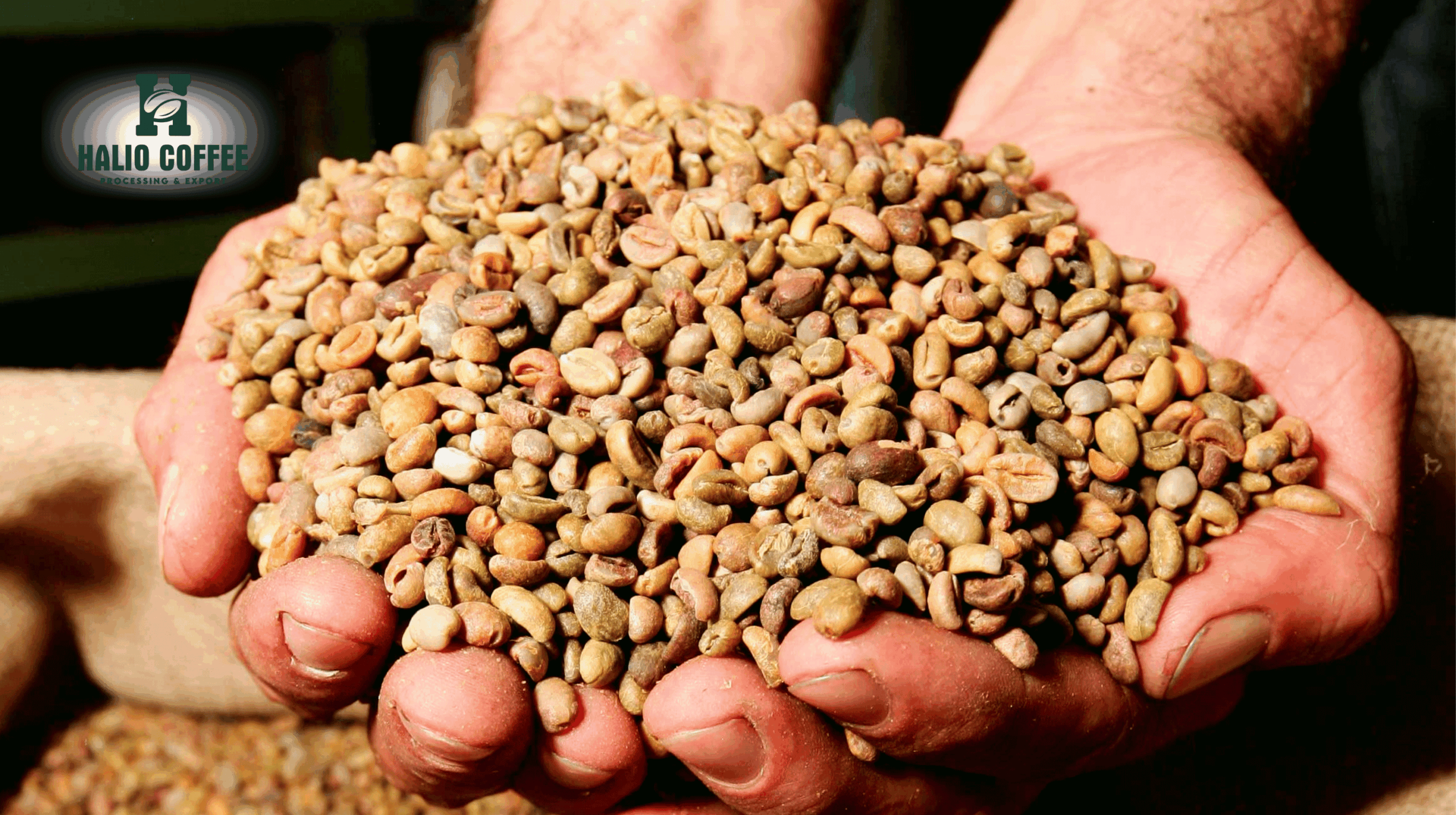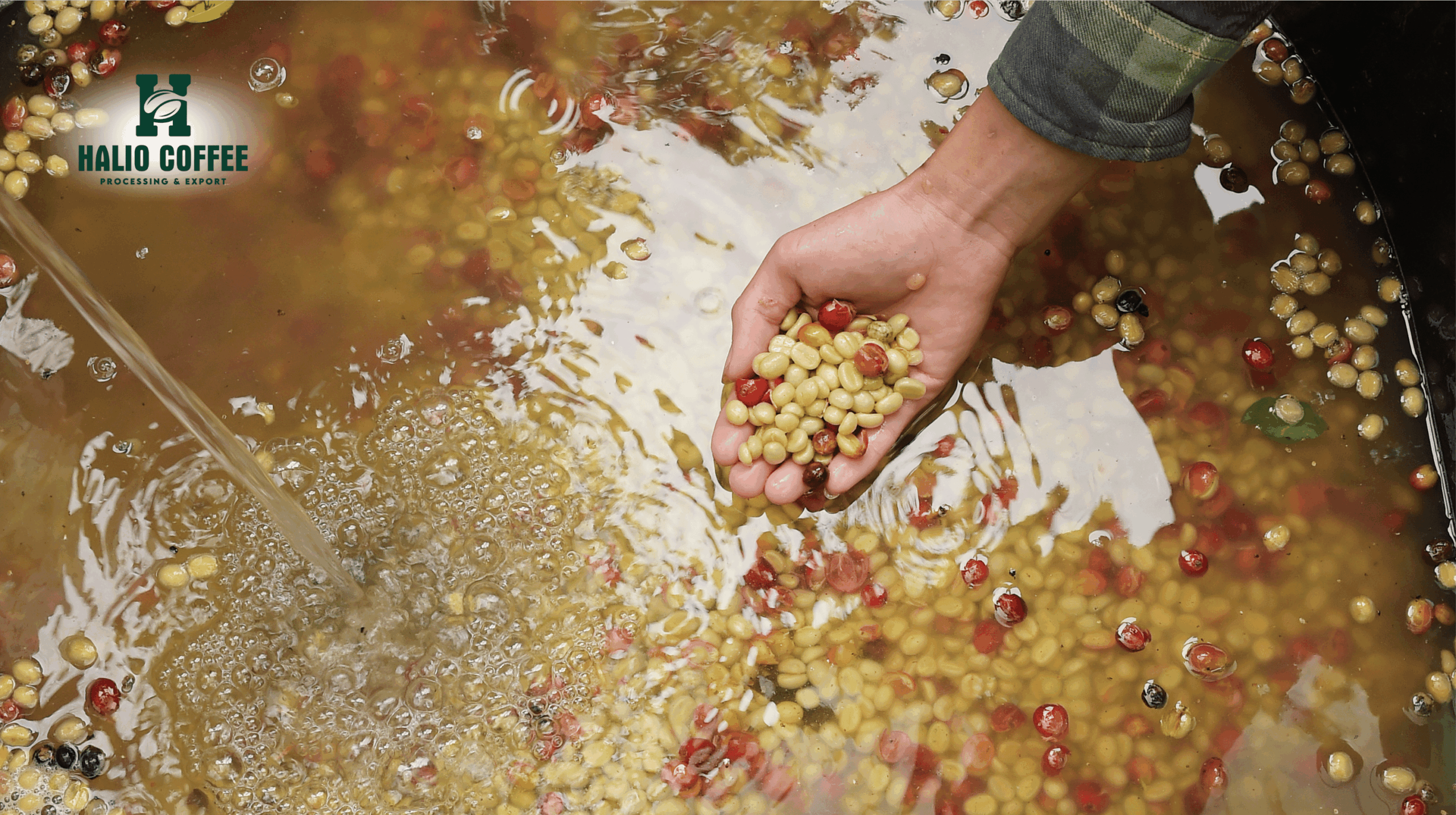Single Origin Robusta Natural: Vietnam’s Contribution to Global Coffee Excellence
The coffee industry is evolving rapidly. Once dominated almost entirely by arabica beans in specialty markets, a new wave of appreciation is shifting the focus toward Single Origin Robusta Natural. Known for its bold intensity, high caffeine content, and unique terroir-driven flavors, this coffee is beginning to break stereotypes that once relegated robusta to being a filler in blends.
Vietnam, the world’s largest producer of robusta, plays a pivotal role in this transformation. Through advancements in natural processing methods, improved harvesting techniques, and growing global demand for distinctive origins, Single Origin Robusta Natural is gaining recognition not just as a commodity, but as a premium product worthy of attention from producers, distributors, and specialty roasters worldwide.
This guide explores the science, history, market data, and opportunities surrounding Single Origin Robusta Natural, while connecting with the broader Whole Bean Coffee market that drives global consumption.
See more:
- High-Caffeine Natural Robusta
- Fruity Robusta Coffee Flavor
- Halio Coffee – Your Trusted Fresh Coffee Distributor of Robusta & Arabica Beans
The Global Coffee Industry Landscape
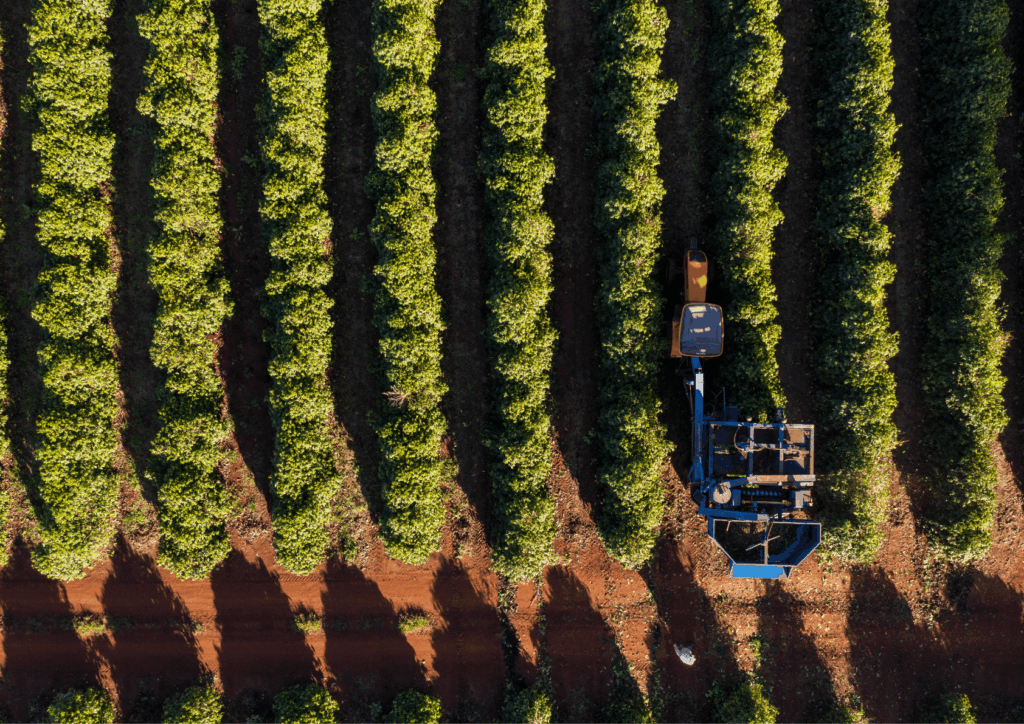
Coffee Consumption Trends
- Global coffee consumption in 2023 reached 177 million 60-kg bags (International Coffee Organization, 2024).
- Annual growth rate: 2–3% worldwide, with fastest growth in Asia-Pacific and the Middle East.
- Specialty markets increasingly value traceability, transparency, and single-origin identity — all qualities that align with Single Origin Robusta Natural.
Vietnam’s Dominance in Robusta Production
- Vietnam produces over 1.8 million tons of coffee annually, accounting for 15–18% of global supply.
- 95% of Vietnam’s production is robusta, concentrated in the Central Highlands (Dak Lak, Gia Lai, Lam Dong).
- Export revenues reached $3.9 billion in 2023, positioning coffee as Vietnam’s second-largest agricultural export.
This scale, combined with increasing investment in specialty processing, cements Vietnam’s role as the global hub for Single Origin Robusta Natural.
Understanding Single Origin Robusta Natural
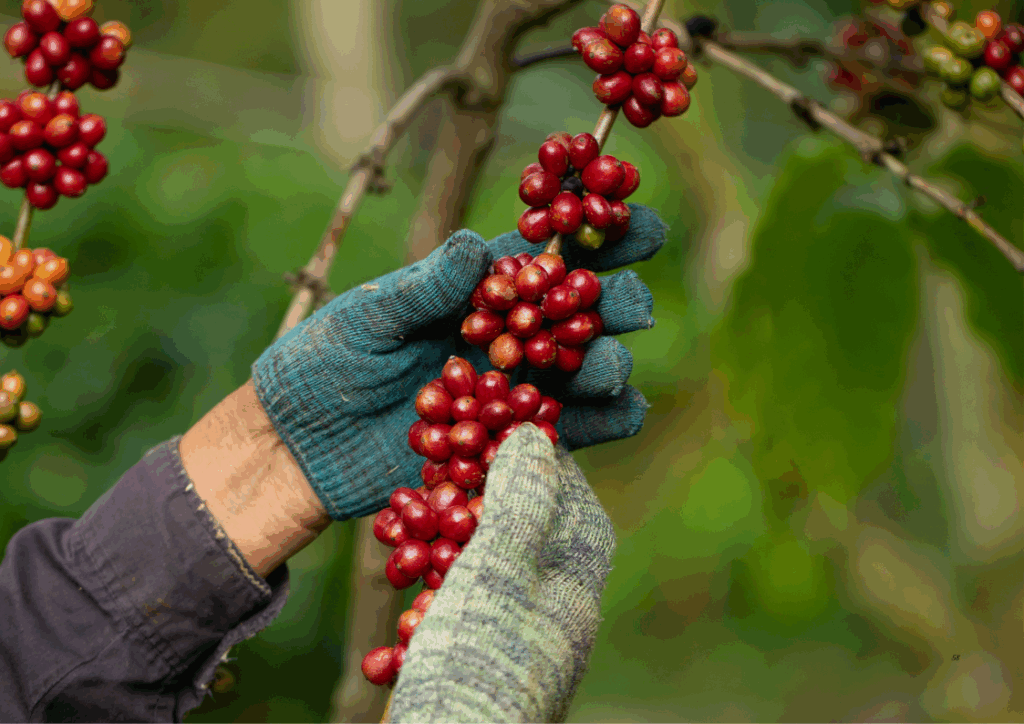
What Makes It “Single Origin”?
“Single origin” refers to coffee sourced from a single farm, cooperative, or defined region. This traceability ensures consistent flavor profiles influenced by:
- Soil composition (volcanic soils in Buon Ma Thuot add mineral richness).
- Altitude (robusta thrives at 400–800 meters in Vietnam).
- Microclimate (seasonal rains and abundant sunlight in Dak Lak).
For buyers, single origin guarantees authenticity, transparency, and differentiation, allowing them to market coffee by its unique story.
Why “Natural” Processing Matters
“Natural” or “dry” processing involves drying the whole cherry under the sun before pulping. Compared to washed methods, this process imparts:
- Fruit-forward flavors (notes of dried fruit, wine, or tropical fruit).
- Enhanced body (thicker, syrupy mouthfeel).
- Higher complexity (fermentation adds depth to the cup).
When combined with robusta’s naturally higher caffeine and bitterness, Single Origin Robusta Natural produces a distinctive, powerful cup profile that appeals to specialty buyers seeking uniqueness.
Characteristics of Single Origin Robusta Natural

Chemical Composition
- Caffeine Content: 2.2–2.7%, nearly double arabica’s 1.2–1.5%.
- Chlorogenic Acids: Higher in robusta, contributing to antioxidant properties.
- Lipids: Lower than arabica, but beneficial for crema stability in espresso.
Flavor Notes
- Strong, bold, and earthy base tones.
- Sweetness from natural drying introduces notes of raisins, dark chocolate, and dried berries.
- Intense crema formation in espresso, valued by European roasters.
Processing Single Origin Robusta Natural in Vietnam
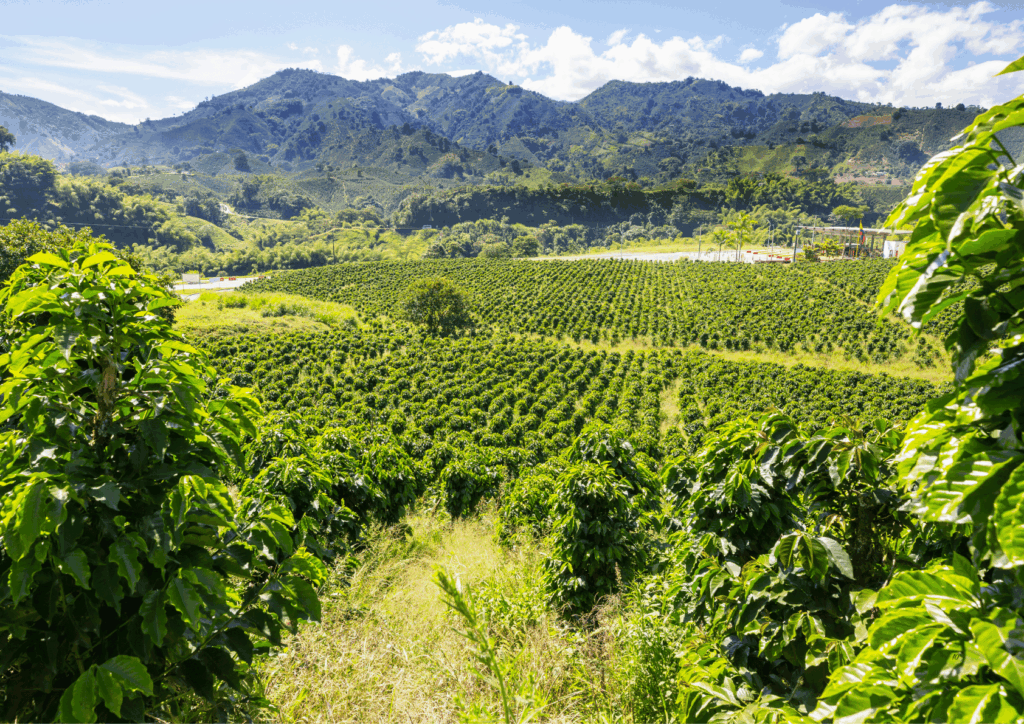
Sun-Drying on Raised Beds
- Cherries are handpicked, sorted, and spread on raised drying beds.
- This improves airflow, reduces mold risk, and ensures even fermentation.
- Average drying time: 14–20 days, achieving ideal moisture levels of 11–12%.
Patio Drying and Hybrid Approaches
- Smaller farms still use concrete patios, though vulnerable to contamination.
- Hybrid methods (partial sun, partial mechanical drying) are increasingly common during the rainy season.
Quality Control
- Selective harvesting of red cherries.
- Use of digital moisture monitors for precision.
- Increasing adoption of micro-lot processing, catering to specialty buyers demanding distinct Whole Bean Coffee origins.
Applications of Single Origin Robusta Natural
Espresso Blends
- Italian roasters traditionally blend robusta for crema and strength.
- With improved processing, Single Origin Robusta Natural allows for premium blends without compromising on flavor.
Instant Coffee and RTDs
- Over 70% of instant coffee globally is based on robusta.
- Sun-dried robusta delivers stronger caffeine and bolder taste, ideal for soluble and ready-to-drink markets.
Specialty Whole Bean Coffee
- Growing acceptance of “Fine Robusta” (scoring 80+ on SCA scale).
- Roasters now market robusta in single-origin Whole Bean Coffee lines, appealing to adventurous consumers and emerging markets.
Market Data and Statistics
Price Comparisons
- Arabica (ICE, July 2024): 190–200 US cents/lb.
- Robusta (ICE London, July 2024): $3,900–4,200 per ton.
- Single Origin Robusta Natural: Premium robusta lots command 25–40% higher than commodity robusta.
Global Demand
- EU: Consumes nearly 50% of Vietnam’s robusta exports.
- U.S.: Specialty roasters are experimenting with robusta-driven blends.
- Asia-Pacific: Rising middle class fuels demand for strong coffee beverages.
Case Studies
Case Study 1: Specialty Co-op in Dak Lak
A farmer cooperative shifted from bulk washed robusta to Single Origin Robusta Natural using raised beds. Result: cupping scores improved from 74 to 82, and beans sold at 30% premium to roasters in Germany.
Case Study 2: Black Sheep Coffee (UK)
The chain markets 100% robusta coffee, sourcing from Vietnam. Their campaign highlights high caffeine and bold flavor, proving that robusta can compete in specialty cafes.
Case Study 3: Nestlé Vietnam
Nestlé has integrated robusta into its Nescafé Plan, training over 20,000 farmers in natural drying and sustainable farming. This ensures consistent supply for soluble and RTD coffee markets.
Opportunities for Industry Stakeholders
For Producers
- Invest in raised-bed drying for higher quality.
- Pursue certifications (Fair Trade, Organic, Rainforest Alliance).
- Focus on micro-lots with traceability to attract specialty buyers.
For Roasters
- Create robusta-based blends emphasizing strength and uniqueness.
- Market robusta as a functional beverage with natural energy benefits.
- Position Whole Bean Coffee robusta alongside arabica to diversify portfolios.
For Distributors
- Hedge against arabica price volatility by promoting robusta.
- Expand robusta’s presence in high-growth regions (Middle East, Asia-Pacific).
- Develop partnerships with Vietnamese exporters for reliable, traceable supply.
Technical Challenges and Solutions
Climate Risks
- Rainfall during harvest complicates drying.
- Hybrid drying and covered raised beds mitigate risks.
Quality Consistency
- Uneven drying causes defects.
- Adoption of moisture sensors and farmer training improves outcomes.
Labor Intensity
- Manual turning of cherries is labor-heavy.
- Cooperatives reduce workload through shared infrastructure.
The Future of Single Origin Robusta Natural
Shifting Consumer Perceptions
The stigma of robusta as “inferior” is fading. Specialty coffee culture is embracing Single Origin Robusta Natural as bold, distinctive, and full of untapped potential.
Growth in Functional Beverages
The global functional coffee market, including cold brew, nitro, and energy blends, is projected to grow by 8% annually through 2030. With higher caffeine, robusta is ideally positioned to fuel this sector.
Vietnam’s Competitive Edge
- Climate advantage: Central Highlands ideal for robusta cultivation.
- Scale and infrastructure: Large cooperatives ensure stable supply.
- Innovation: Natural processing and micro-lot focus elevate robusta into premium markets.
- The Commercial Playbook: Mastering the Purchase of Wholesale Arabica Roasted Coffee Beans from Vietnam
- How to Brew Coffee Beans: Insights from Vietnam and the Global Coffee Industry
- Beyond the Blend: The Ultimate Guide to Partnering with a Single Origin Arabica Roasted Coffee Distributor
- Buy Green Coffee Beans from Dak Lak: A Guide for Roasters and Distributors
- A Buyer’s Guide to Sourcing Fair Trade Certified Coffee Vietnam
